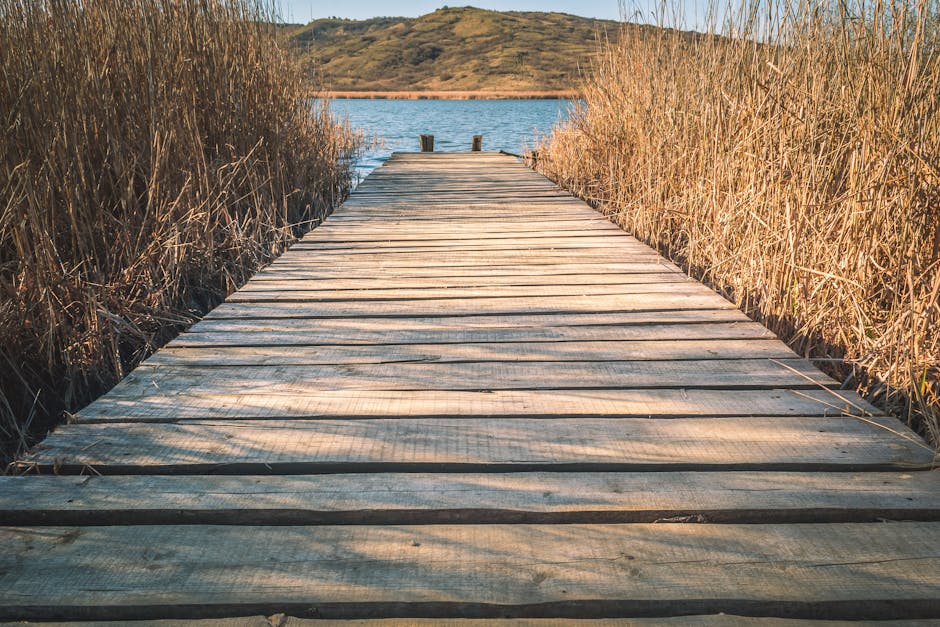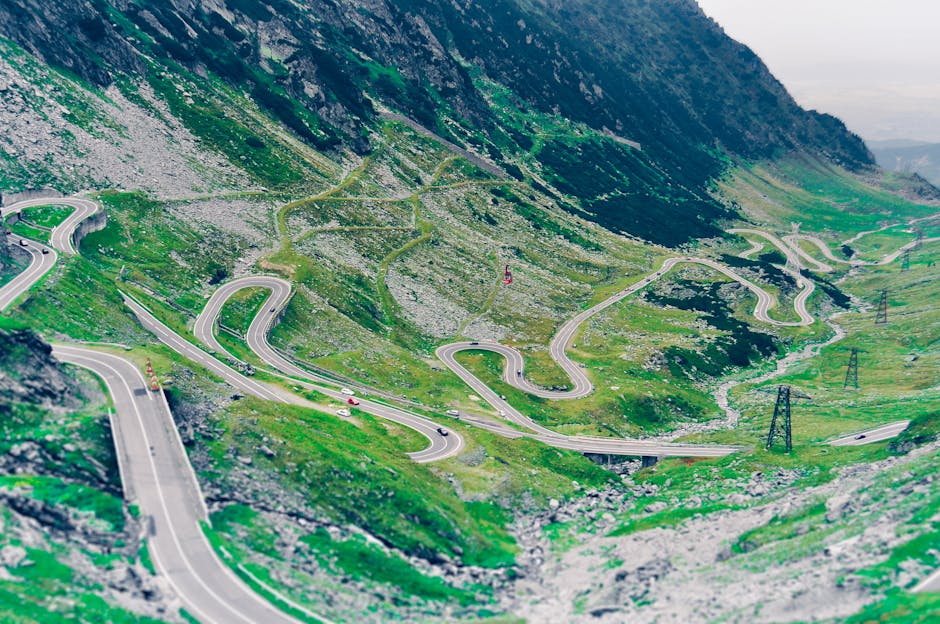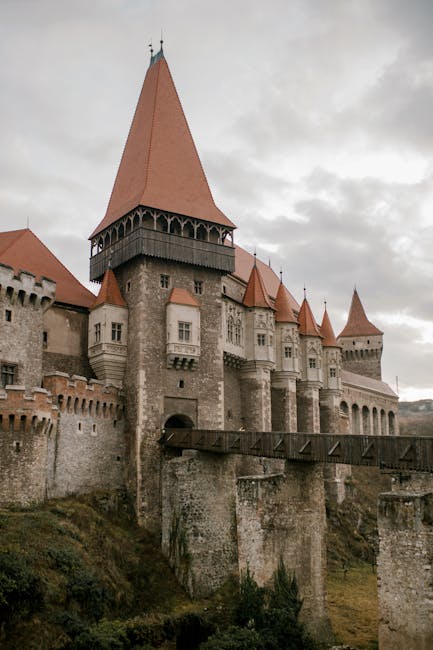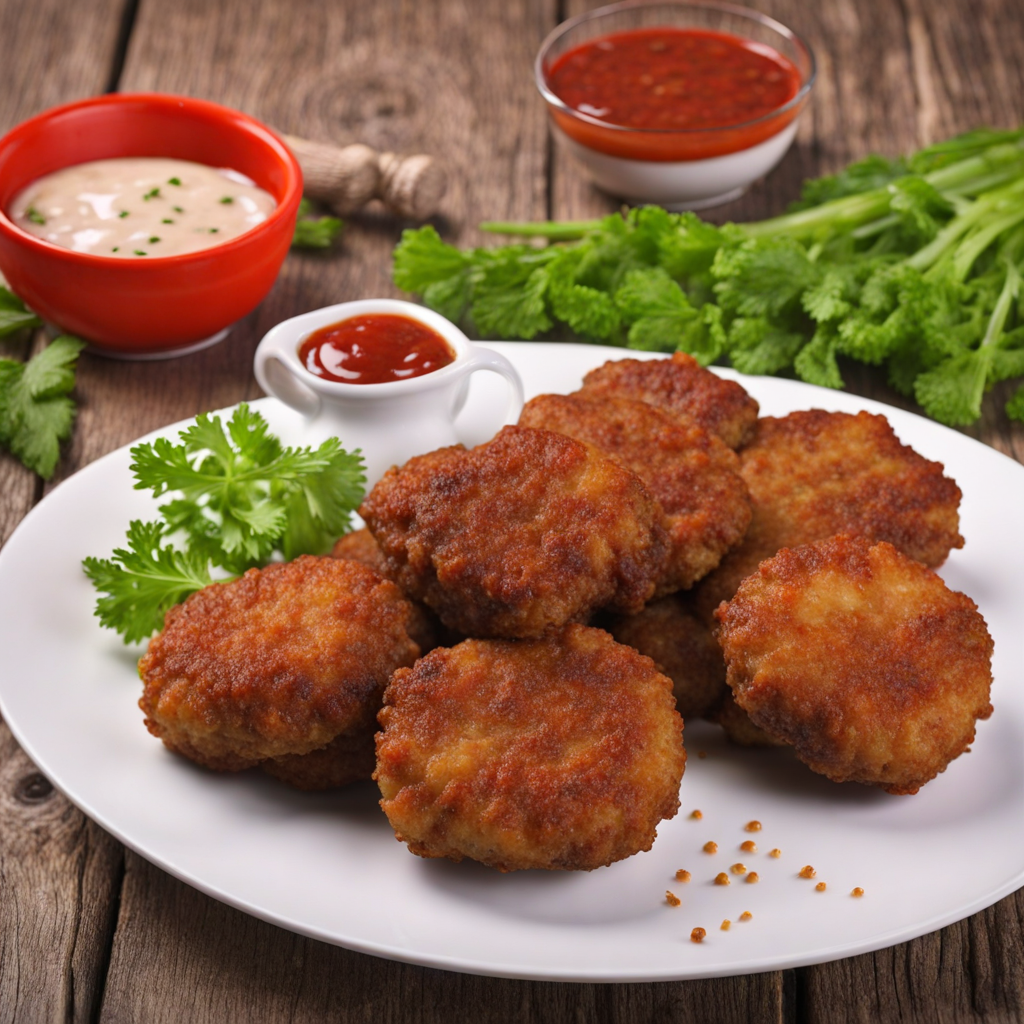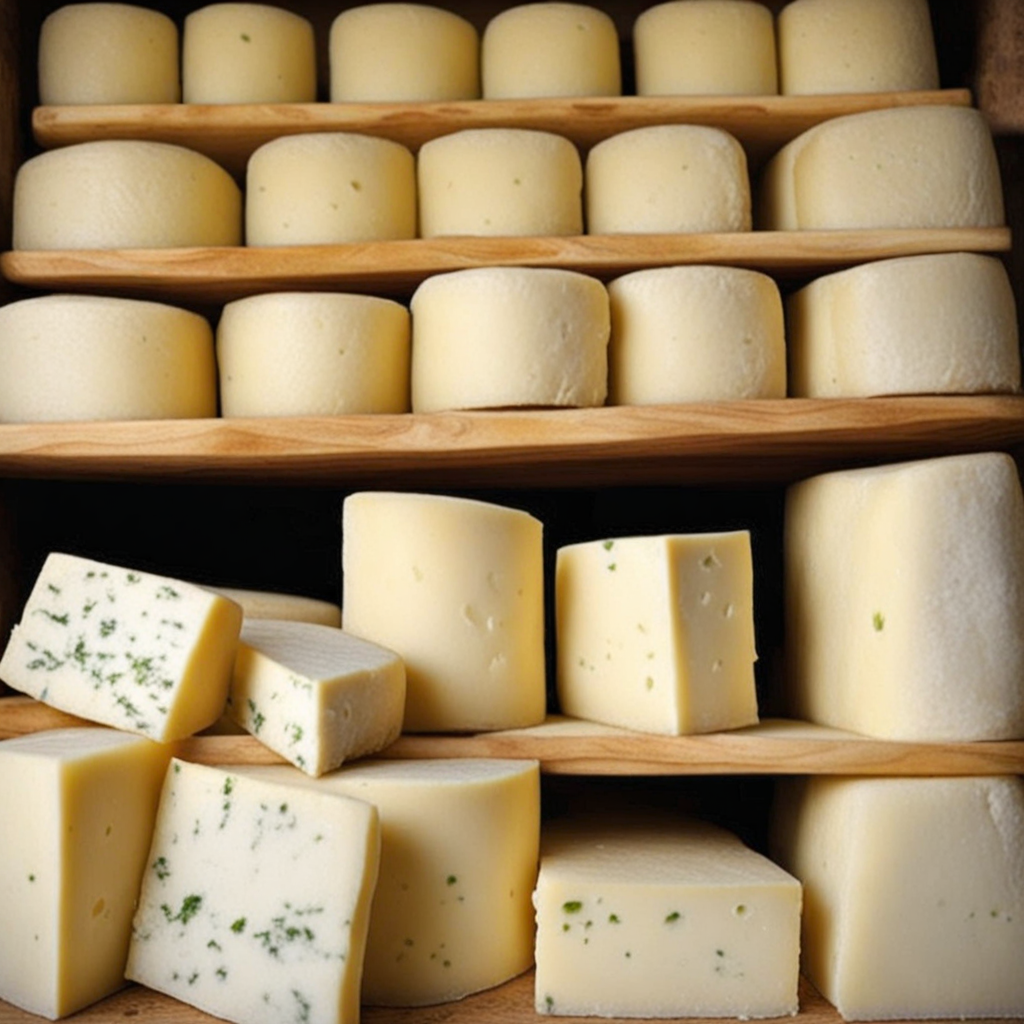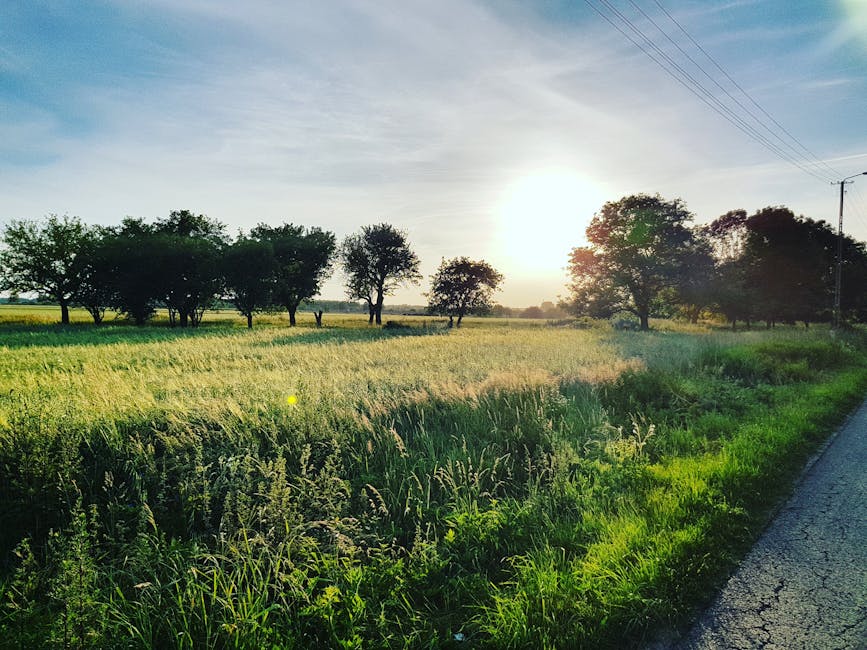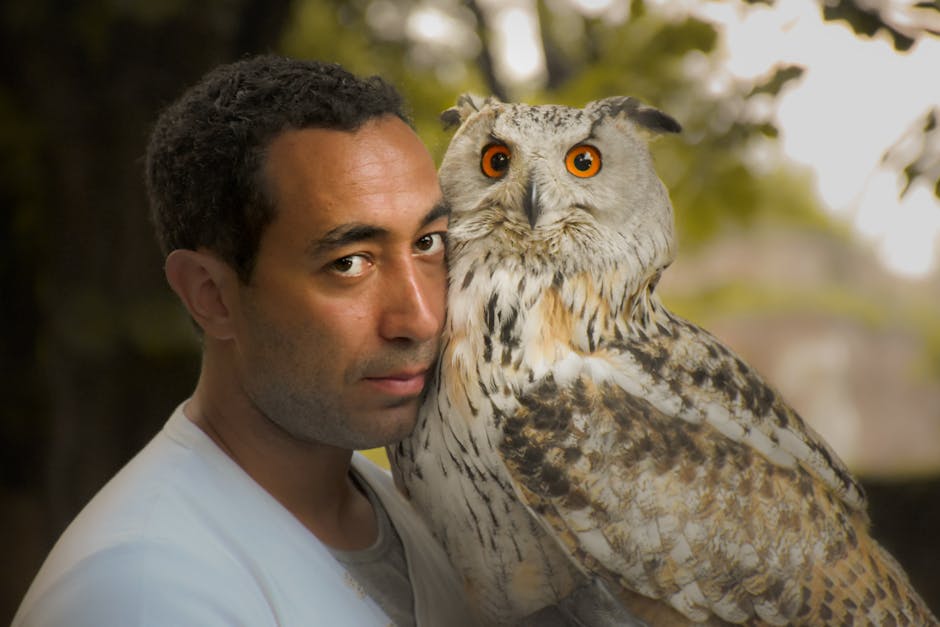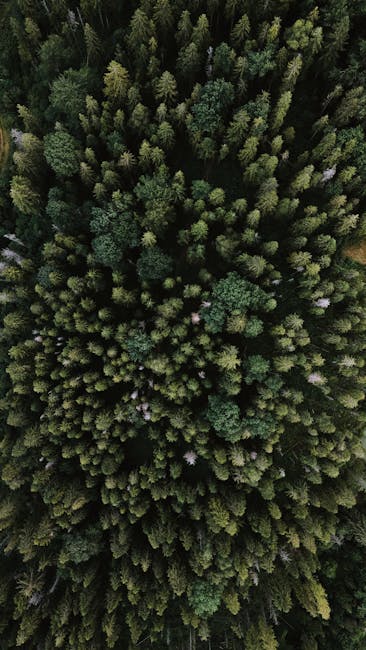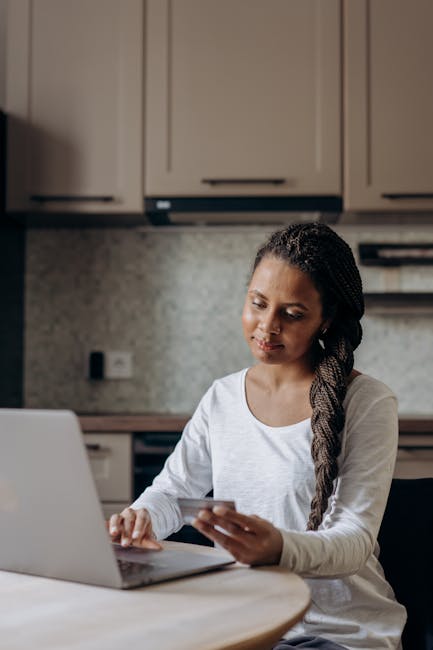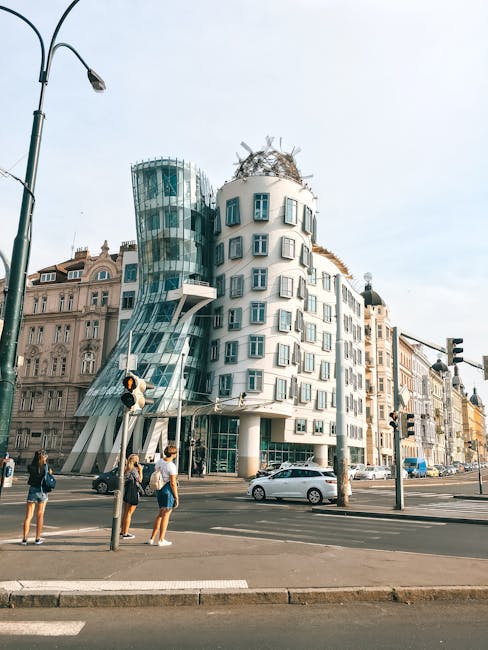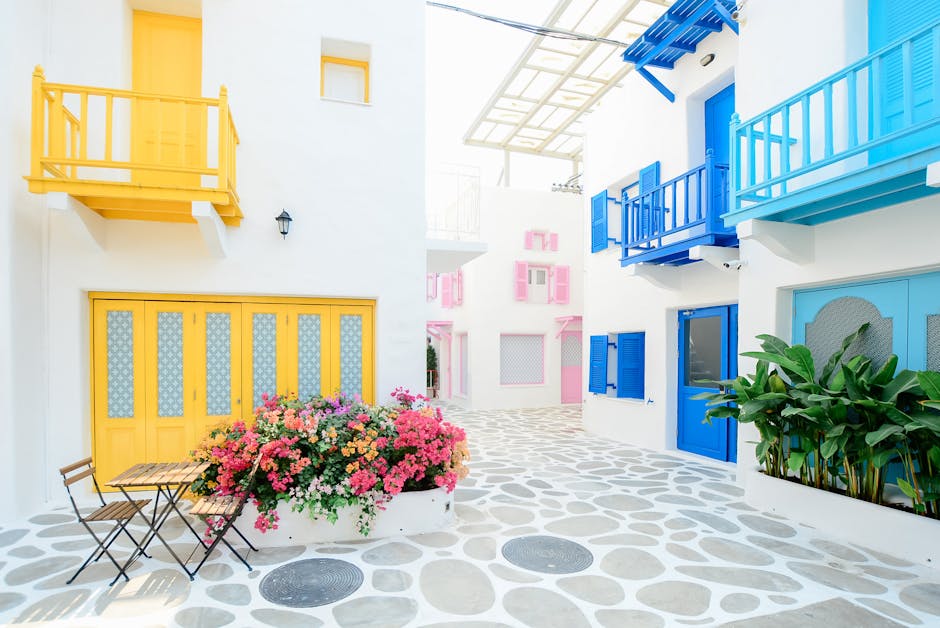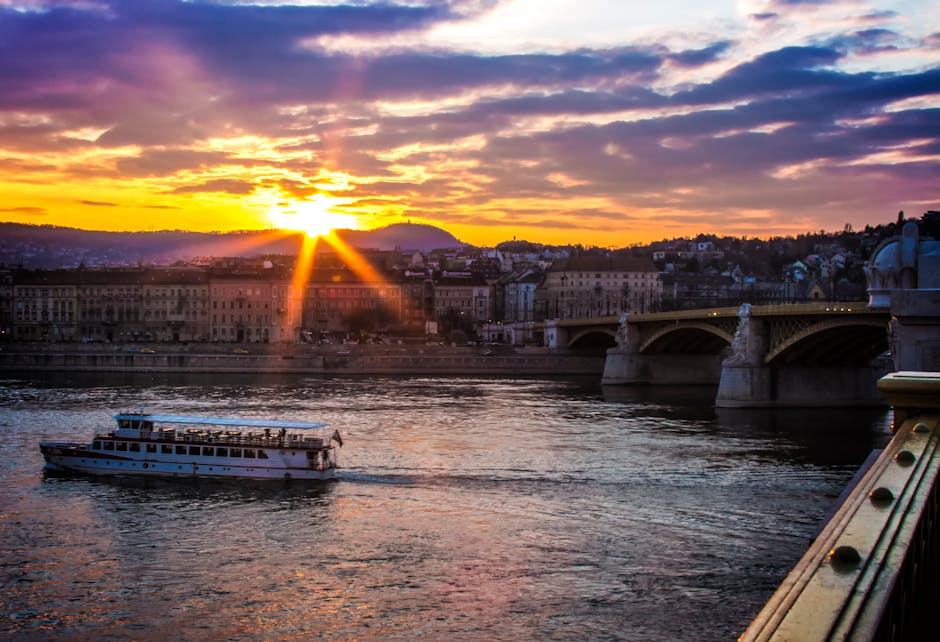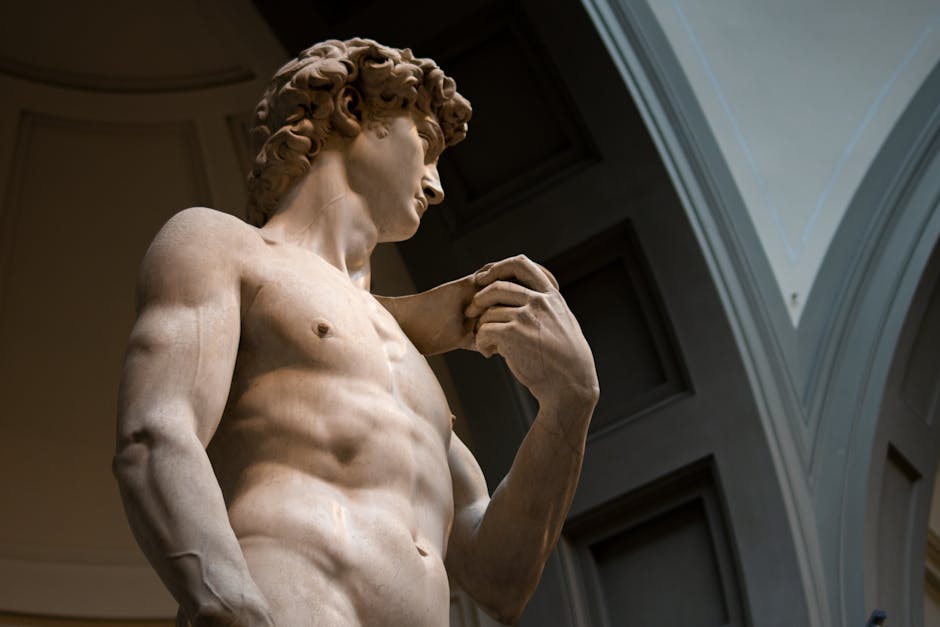Romania
Overview
Overview:
Romania is a country brimming with rich history, stunning landscapes, and a unique culture that sets it apart. Located at the crossroads of Central, Eastern, and Southeastern Europe, this country is perhaps best known for its association with the legend of Dracula, but that's just one aspect of its charm. Romania's rich cultural heritage can be seen in its medieval castles, churches, and the traditional rural communities where folk culture is still alive.
Romanian cuisine is a blend of different cultural influences, with dishes like sarmale, mamaliga, and mititei that are worth a try. Moreover, the country boasts a vibrant arts scene, fascinating museums, and a tradition of music and dance. The Romanian language, a romance language, adds to the country's unique appeal.
High Season and Activities:
The high season for tourism in Romania is typically during the summer months, from June to August. During this period, the weather is warm and sunny, with temperatures ranging from 20-30°C, making it ideal for outdoor activities. The beautiful beaches of the Black Sea Coast become a hotspot for sunbathing, swimming, and water sports. The summer season is also perfect for hiking in the Carpathian Mountains or exploring the Danube Delta by boat.
City tours in Bucharest, Brasov, Sibiu, and other medieval towns become more enjoyable due to the pleasant weather. Many music and cultural festivals, such as the Untold Festival in Cluj or the Medieval Festival in Sighisoara, take place during this time, offering tourists a chance to delve deeper into Romania's vibrant culture and lifestyle.
Preparation Before the Visit:
Before visiting Romania, it's essential to prepare adequately for the trip. Travelers should ensure they have a valid passport; while visas are not required for stays under 90 days for many countries, it's crucial to check the latest visa requirements based on one's nationality. It's advisable to have travel insurance that covers any medical emergencies.
Although Romania is a part of the European Union, it still uses its own currency, the Romanian Leu (RON), so understanding the exchange rates will be beneficial. Packing should be appropriate for the weather during the visit, and a good pair of walking shoes is recommended as you'll likely be exploring a lot on foot. Lastly, learning a few basic phrases in Romanian can enhance the travel experience and interaction with locals.
A Glimpse into the Past
Romania, a beautiful country situated at the crossroads of Central and Eastern Europe, is rich in history, culture, and natural beauty. The land is steeped in legends and folklore, with each region offering unique experiences that reflect its past. From ancient Dacian strongholds to medieval castles, Romania's landscape is dotted with remnants of its tumultuous history.
The Dacians and Roman Influence
The history of Romania can trace its roots back to the Dacians, a group of Thracian tribes who inhabited the region around the 1st century BC. The Dacians were known for their impressive fortresses and rich gold resources. Their most significant conflict was against the Roman Empire, led by Emperor Trajan, who conquered Dacia in 106 AD. This victory led to the establishment of the Roman province of Dacia, which introduced Latin culture and language to the region. Visitors can explore the ancient ruins of Sarmizegetusa Regia, the capital of Dacia, where stone walls and temples provide insight into this fascinating era.
Roman influence persisted for centuries, and although the province was abandoned in 271 AD due to invasions from various tribes, the Latin language laid the groundwork for the Romanian language and culture, distinguishing it from its Slavic neighbors.
The Middle Ages: A Time of Kingdoms and Empires
The Middle Ages saw the formation of several principalities, notably Wallachia and Moldavia, which played pivotal roles in Romania's history. These regions were often caught between the expanding Ottoman Empire and the Habsburg Monarchy. During this time, figures like Vlad the Impaler, also known as Dracula, emerged. His legendary castle, Bran Castle, is now a popular tourist destination, attracting visitors eager to learn about the real-life inspiration behind Bram Stoker’s famous novel.
Throughout the 14th and 15th centuries, the principalities also faced threats from the Hungarians and the Ottomans. The Battle of Rovine in 1395 and the Battle of Mohács in 1526 are among the significant events that shaped the region's dynamics. The unification of Wallachia and Moldavia in 1859 under the leadership of Alexandru Ioan Cuza marked a crucial step towards the modern Romanian state.
The Kingdom of Romania
Romania officially became a kingdom in 1881, with Carol I as its first king. The late 19th and early 20th centuries were a period of modernization and national awakening. The capital, Bucharest, transformed into a vibrant European city, earning the nickname "Little Paris." The Palace of the Parliament, a colossal structure built during the communist regime, stands as a testament to this era's ambition and excess.
World War I was a turning point for Romania, as the country joined the Allies and after the war, achieved significant territorial expansion, incorporating Transylvania, Bessarabia, and Bukovina. This period saw a flourishing of arts, culture, and education, with cities like Sibiu and Cluj-Napoca becoming cultural hubs.
World War II and Communism
The interwar period was followed by a tumultuous time as Romania was affected by World War II and subsequently fell under Soviet influence. After the war, the monarchy was abolished in 1947, and Romania became a socialist republic. The communist regime, led by Nicolae Ceaușescu, was marked by severe repression and a cult of personality. The regime initiated massive industrialization projects, but also led to significant economic hardships for the population.
Visitors can explore the remnants of this era in Sighet Memorial Museum, which commemorates the victims of communism, and the Ceaușescu Palace, showcasing the extravagance of the regime in stark contrast to the struggles of the people.
The Revolution of 1989
The turning point came with the Romanian Revolution of 1989, which was part of a wave of uprisings against communist regimes across Eastern Europe. Protests in cities like Timișoara led to violent clashes, and ultimately, the overthrow of Ceaușescu. The revolution is commemorated annually and serves as a reminder of the struggle for freedom.
Post-revolution, Romania has made significant strides towards democracy and integration into European structures, joining NATO in 2004 and the European Union in 2007. This transformation has reinvigorated the country, fostering economic growth and cultural revival.
Modern Romania: Culture and Heritage
Today, Romania is known for its stunning landscapes, from the majestic Carpathian Mountains to the picturesque Donaurad Delta, a UNESCO World Heritage site rich in biodiversity. The country is celebrated for its rich folklore, traditional crafts, and vibrant festivals. Visitors can experience the colorful traditions of the Maramureș region, where wooden churches and villages reflect a lifestyle that has endured through the centuries.
Cities like Bucharest, Brasov, and Sibiu offer a blend of historical architecture and modern amenities. The medieval towns of Sighișoara and Râșnov are perfect for history enthusiasts, while the stunning castles of Peleș and Bran draw those intrigued by royal history and legends.
Natural Wonders and Ecotourism
Romania's natural beauty is complemented by its commitment to ecotourism. The Carpathians provide ample opportunities for hiking, skiing, and wildlife spotting, including bears and wolves. The Danube Delta is a paradise for birdwatchers and nature lovers, offering boat tours through its winding channels and rich flora.
The burgeoning wine industry, particularly in regions like Dealu Mare and Transylvania, invites travelers to enjoy exquisite wine-tasting experiences. Local cuisine, which features hearty dishes like sarmale (cabbage rolls) and mămăligă (cornmeal porridge), offers a taste of Romania’s diverse gastronomic heritage.
Romania is a nation that resonates with echoes of its past while embracing a vibrant future. Its captivating history, rich culture, and stunning landscapes make it a unique destination for travelers. Whether exploring ancient ruins, wandering through medieval towns, or enjoying the natural beauty, visitors to Romania can embark on a remarkable journey through time.
Top cities for tourists in Romania
Discover the Famous Cities That Might Captivate Your Interests
Must-Try Foods You Can't Afford to Miss
Indulge in a Variety of Fantastic Foods During Your Stay in Romania
May Be Your Next Destinations
People often choose these countries as their next destination


